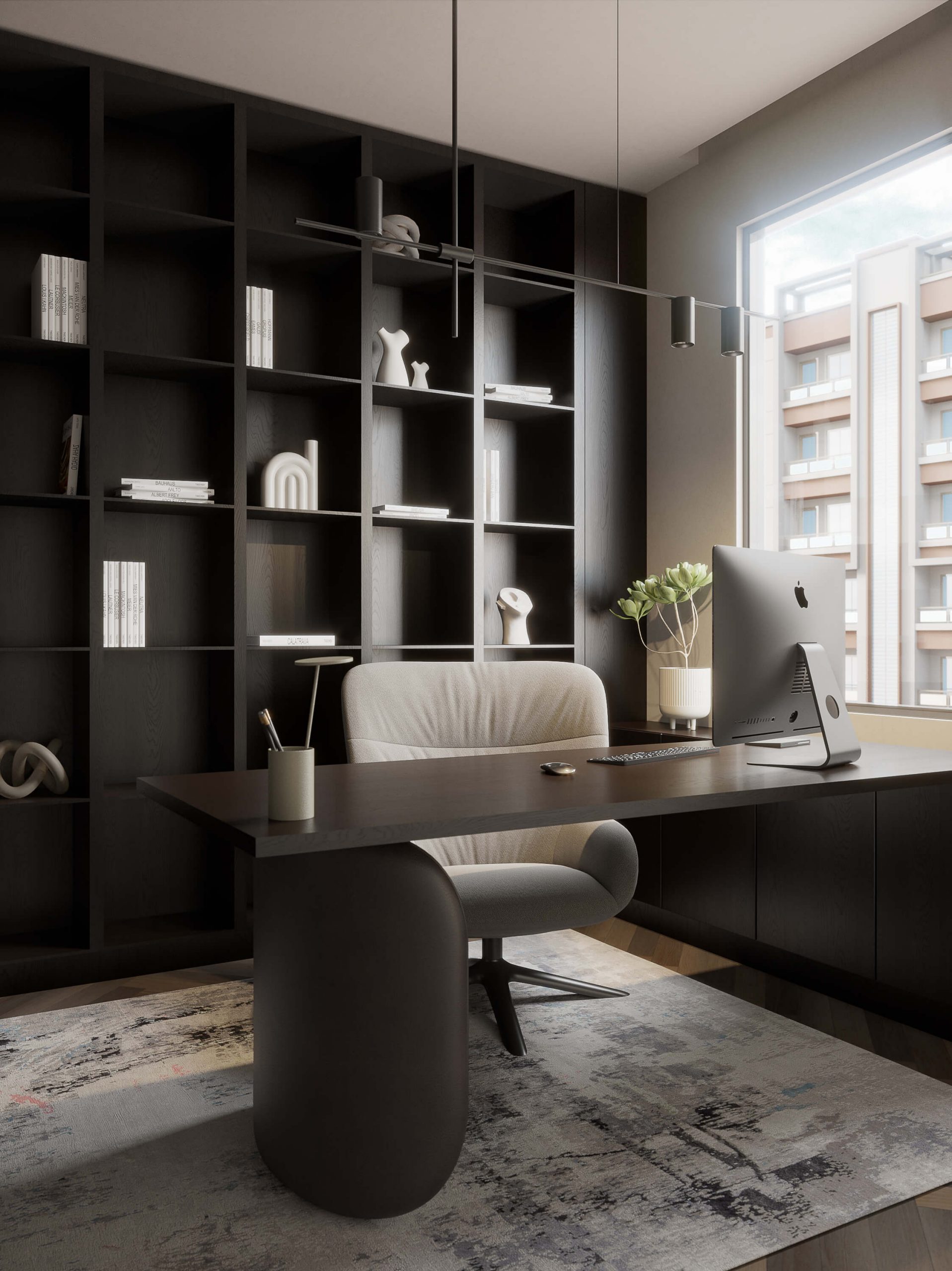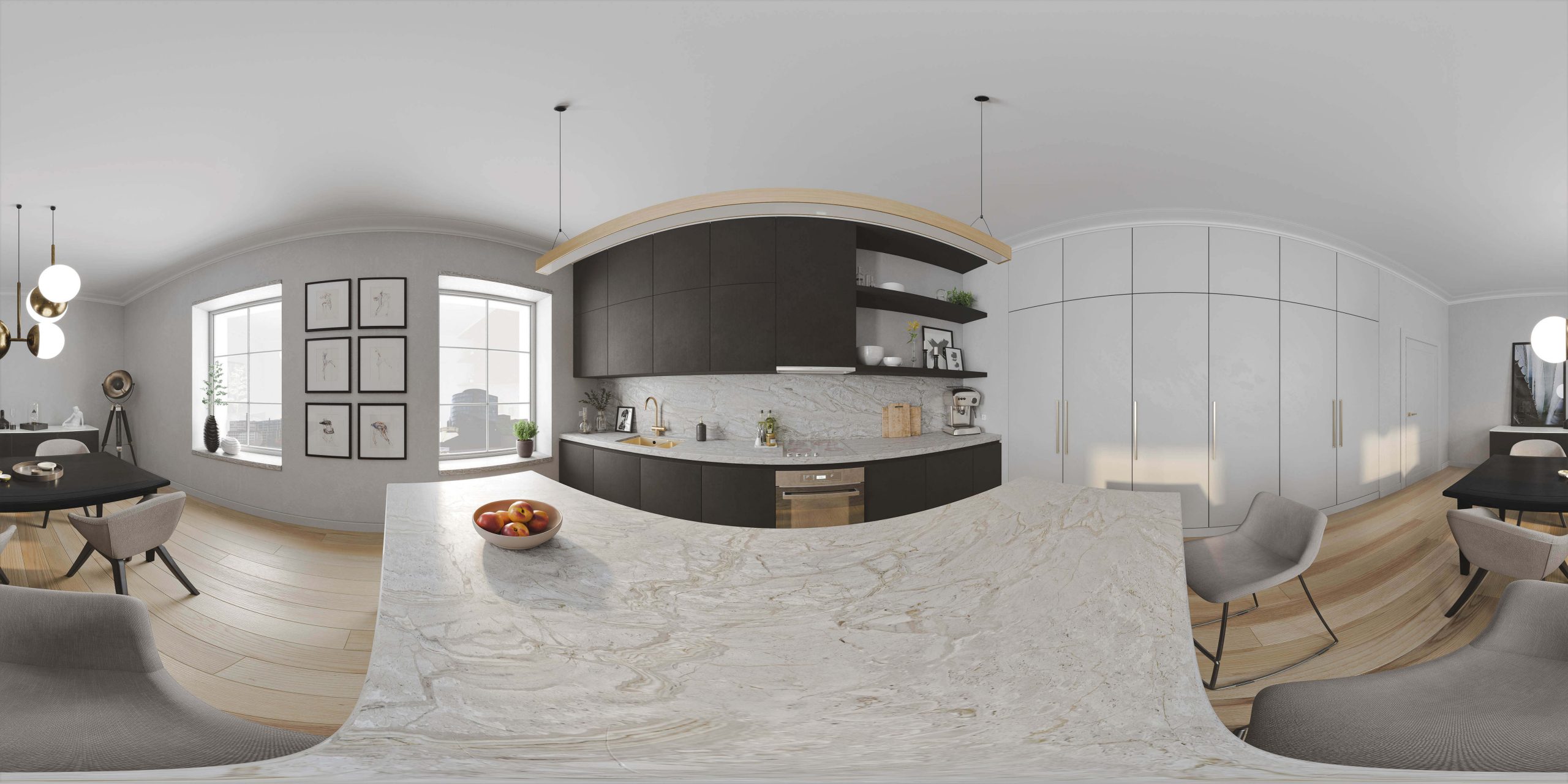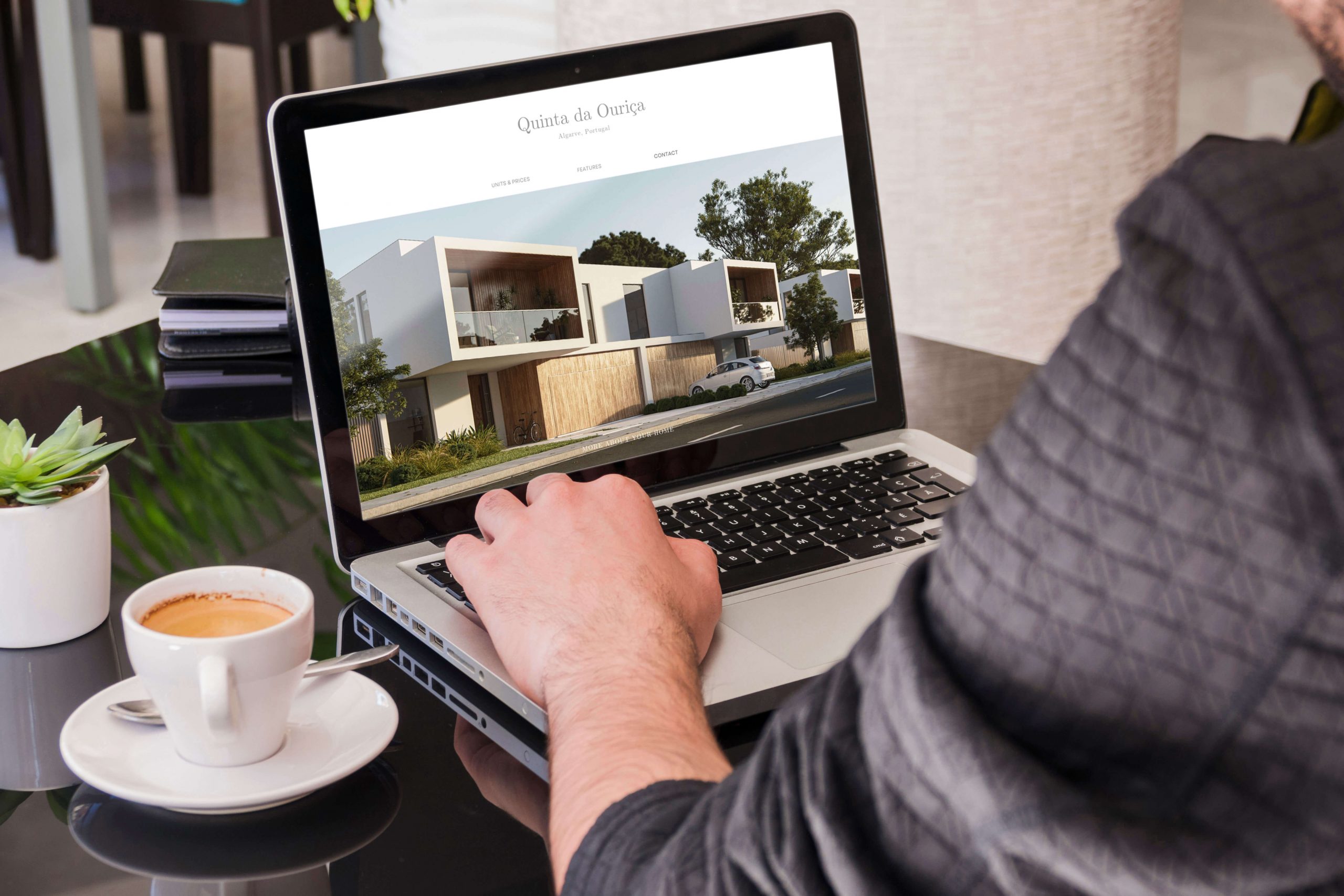Blog
How much does 3D rendering cost, and what influences its price?
The question of how much does a render cost is probably the most asked thing we answer almost on a daily basis. The answer to the question of how much it costs to make a render is possibly the most difficult one to answer in our industry. If you have already inquired to different architectural visualization studios, you will have realized that the difference in price for a 3D render between one visualization studio and another can be huge. In this article we’ll try to explain why.
Factors Influencing 3D Rendering Costs
1. Complexity of the Project
The complexity of a 3D rendering project stands out as a major determinant in its cost. More complex designs, detailed environments, and complex structures naturally require more time and resources, influencing the overall pricing.
2. Level of Detail in 3D Images
The chosen level of detail significantly influences overall costs. Opting for high-quality renders featuring intricate detailing and realistic textures naturally entails an associated price. Conversely, selecting a lower level of detail may provide a more budget-friendly option, catering to projects where exhaustive detailing is not a primary requirement.
3. Resolution and Image Size
Opting for larger, high-resolution images not only demands more computational resources and time but also entails greater detail. This can impact the overall cost of the rendering project. It’s important to consider the intended usage of the images; while some projects may necessitate 4K/8K resolution for detailed presentations or print materials, many clients find that HD images suffice for their needs, such as web display, social media, or real estate listings. Choosing the appropriate resolution ensures an optimal balance between image quality and project budget.
4. Type of Rendering
The pricing of 3D rendering is intricately tied to the type of visualization chosen—each type presents its unique challenges and intricacies.
Interior Renders:
Typically less complex, interior renderings focus on close spaces like bedrooms, living rooms, kitchens or bathrooms. The confined environment simplifies the modeling process, contributing to a generally more affordable cost.
Exterior Renders:
Crafting exteriors may involve creating a complete environment. The need to showcase landscapes, architectural details, and contextual elements can elevate the complexity, influencing the pricing structure.
Aerial Renders:
Aerial views demand a meticulous approach, requiring the complete modeling of architectural proposal and precise photomatching or environment model. The intricate detailing involved in presenting a scene from above may contribute to a higher cost compared to other types of rendering
VR 360 Renders:
VR 360 renderings encompass a comprehensive visual experience, including everything within the virtual space. The immersive nature of VR necessitates a detailed modeling of the entire environment, making it one of the more complex and potentially higher-priced rendering types.

5. Type of Project and Scale
The pricing intricacies in 3D rendering are closely tied to the nature and scale of each project, with distinct considerations for various project types.
Residential Projects:
Residential endeavors, such as housing or simple home interiors, may exhibit a relatively straightforward scope, impacting the pricing structure favorably.
Hospitality and Commercial Spaces:
Larger-scale projects, including hotels, offices, or business centers, often involve more intricate designs and expansive spaces, potentially influencing the cost to reflect the complexity of the project.
Institutional Projects:
Institutions like universities, museums or service buildings may vary in scale and complexity. The multifaceted nature of such projects can contribute to a nuanced pricing structure based on the intricacies involved.
6. Number of Images Required
The total 3D architectural visualization cost is significantly influenced by the quantity of images needed. When multiple images are required, shared elements across the project can be leveraged, optimizing costs.
Architects and interior designers typically order 3 to 7 images, with some opting for a single render. Larger projects demanding a comprehensive presentation may necessitate a higher number of images. Manufacturers, aiming to showcase products extensively, might even order up to 50 images for online catalogs. The more images required, the more potential for shared elements, contributing to a more cost-effective rendering process.
7. Project Deadline and Turnaround Time
The urgency of a project often leads to additional costs. Tight deadlines may require allocating more resources, working on a priority basis, and incurring higher hourly rates for artists. The rendering process, influenced by factors like work complexity and scene details, can vary from minutes to hours. Professional studios may employ a render farm system, adding extra fees. Urgent projects demanding overtime from the production team will incur higher-than-usual prices due to expedited turnaround times.
8. Number of Iterations and Revisions
The total 3D rendering cost is influenced by the number of iterations and client revisions. At INTOstudio, we streamline the process with two rounds of revisions, but we can tailor it to the client’s needs, adjusting the number of iterations upon request. Clear and prompt feedback is crucial, as delays may result in additional costs due to an increased number of revisions.

How prices differ depending on the Types of 3D?
Understanding 3D rendering pricing involves distinguishing between low, standard, and high-priced options. Low-budget visualizations are suitable for preliminary presentations, prioritizing cost-effectiveness without compromising communication. Medium-cost rendering strikes a balance for larger projects, offering competitive high-quality work. High-end rendering delivers intricate detail and photorealism on a grand scale.
Complexities in objects and space within visualizations allow tailored solutions:
- Low Complexity:
The lowest 3D interior rendering cost is well-suited for compact spaces like bathrooms or simple bedrooms. Affordable 3D rendering prices for exteriors focus on villas or uncomplicated facades.
- Medium Complexity:
Medium-priced renderings unfold in spaces like kitchens and vibrant living rooms. The exterior cost centers around medium-sized complexes, achieving a delicate equilibrium between detail and scale.
- High Complexity:
High-priced renderings encompass expansive interiors with intricate solutions. On a grand scale, high complexity extends to architectural wonders, showcasing aerial views with meticulous details.
For cost-effective approaches, low-budget visualizations are suitable, while larger projects benefit from medium and high-end rendering services. Pricing depends on factors like quality, volume, and project complexity. Emerging studios offer more budget-friendly options, while seasoned ones reflect expertise and reputation in their pricing.
For clarity, we’ve compiled a chart illustrating the price range for each type of 3D rendering service. This compilation is the result of meticulous research into various CGI studios around the world, offering valuable information for clients navigating the architectural visualisation market.

Note: Price range reflects minimum to maximum costs observed in the rendering market.
Our Approach at INTO Studio
At INTO Studio, we break away from fixed pricing, evaluating each project individually. Costs vary based on specific project factors as mentioned above, always prioritizing Quality Over Quantity. Our emphasis on a preliminary analysis guides clients in selecting essential images, ensuring intricate detail and visual brilliance.
For those seeking exceptional quality renders at a reasonable price, optimizing the rendering experience with INTO studio involves:
- Clear and Detailed Briefs:
Providing a comprehensive and detailed project brief from the outset allows for a more accurate estimation of work. Clear specifications help streamline the rendering process, minimizing the need for extensive revisions and ensuring cost-effective production.
- Detailed Project Specifications:
Provide structured and detailed specifications to our project manager for smoother, faster, and cost-effective production.
- Bundle Projects for Cost Saving:
If the client has multiple projects or scenes requiring rendering, bundling them together can often result in cost savings. This approach allows for shared resources, such as 3D models and textures, reducing the overall workload and costs.
- Efficient Communication and Feedback:
Maintaining open and efficient communication channels throughout the project is crucial. Timely and clear feedback helps avoid unnecessary revisions, ensuring that the project progresses smoothly and within budget.
- Regular Clients Beneficts:
As your rendering volume grows, becoming a regular client at INTO Studio ensures a dedicated team and unlocks ongoing special pricing. Regular clients enjoy exclusive benefits, including a dedicated team and special conditions as a token of appreciation, surpassing our standard 3D architectural rendering prices. This commitment optimizes costs with the increasing volume of renders while providing a personalized and elevated rendering experience.
At INTO Studio, our commitment extends beyond delivering renders; it’s about nurturing long-term partnerships and bringing your vision to life seamlessly and cost-effectively.
Conclusion
In the intricate landscape of 3D rendering costs, the question of pricing remains complex and varied. As evident in your interactions with different visualization studios, the considerable differences in costs stem from an array of influential factors.
From project intricacies, desired detail levels, and resolution considerations to project scale, urgency, and iterative processes, each aspect contributes to the final pricing structure. We’ve demystified the spectrum of pricing levels, spanning from budget-friendly options suitable for preliminary presentations to medium-cost renderings balancing quality and affordability. High-end renderings, with their meticulous detail and photorealism, cater to extensive projects addressing substantial marketing challenges.
Understanding the diverse pricing across rendering types is key, and our comprehensive chart offers a clear reference point for navigating this intricate market. At INTO Studio, we prioritize a tailored approach, evaluating each project individually and emphasizing Quality Over Quantity. Our commitment extends beyond delivering renders; it’s about cultivating long-term partnerships, ensuring your vision comes to life seamlessly and cost-effectively. As you embark on your 3D rendering journey, let these insights guide you with clarity and confidence through the complexities of cost considerations.
If you want to know how much it costs to make the 3D renderings of your project, please email us at geral@intostudio.pt, sending us the information about your project that we have mentioned above.




